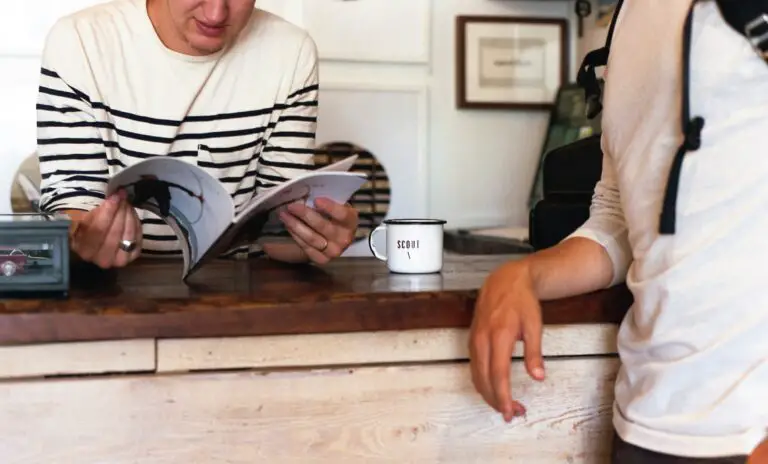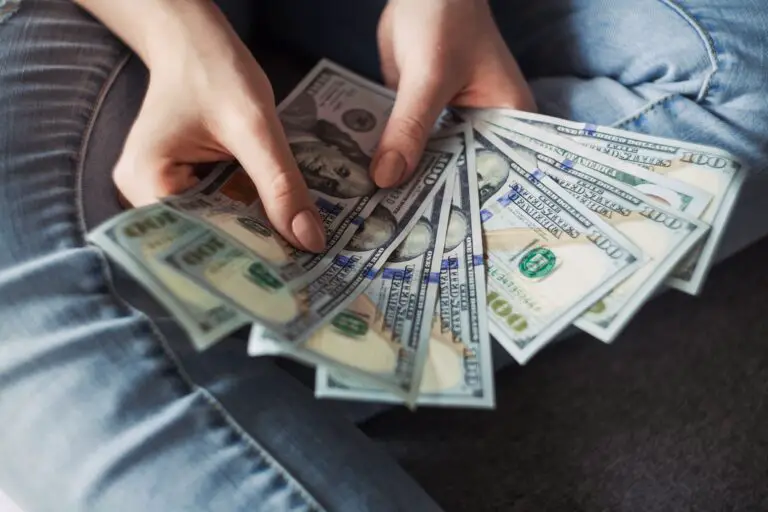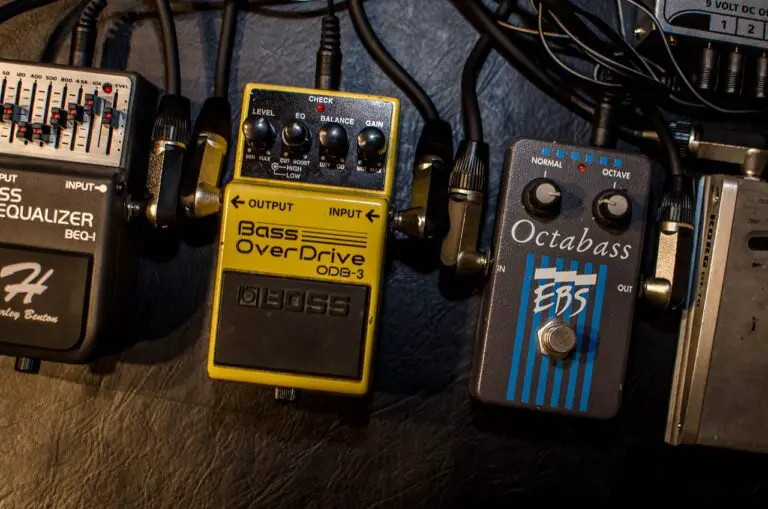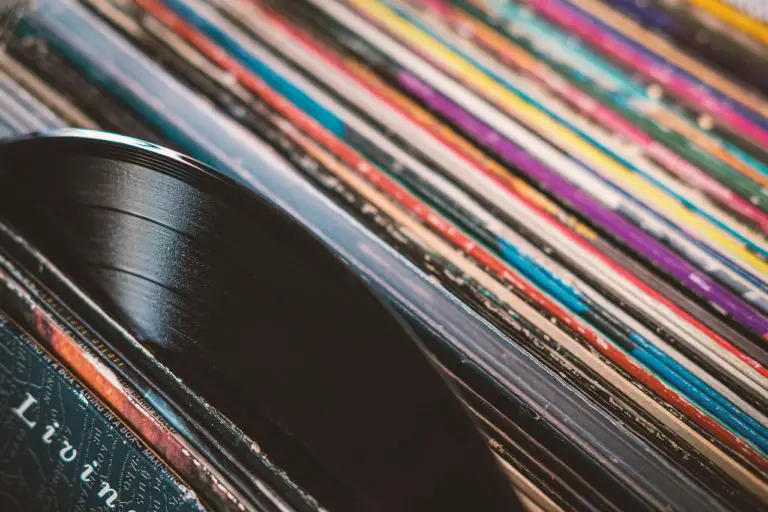What Is Trap Music?
When it comes to defining just what is trap music, there are two ways to look at it. Do you look at the underground rap movement of the 1990s and 2000s or what you hear on the radio today?
Trap music is a subgenre of hip hop that originated in the southern United States. Trap music is characterized by percussive hi-hats and snare drums, a mix of automated vocals and rap with lyrics touching on content about gang life and drug use.
No matter how you see trap, it’s everywhere in modern music. Top trap musicians generate billions in music streams and top charts worldwide.
Trap music has transcended its southern US roots to become a worldwide phenomenon that has fused with a variety of other genres over the years. So what is trap music and how has it dominated music today?
Who Invented Trap Music?
Before trap became the “it” genre of today, it was very much an underground genre. Earning its name from “trap houses” – a slang term for a drug den – it was always heard in under-developed neighbourhoods in cities such as Atlanta and Memphis.
This underground movement captured attention in the late 1990s due to its direct lyrics and simple structure, slowly gaining traction out of gang houses. It was in the early 2000s when the early pioneering trap acts started to get noticed by major labels. Rappers such as T.I. and Guccy Mane were picked up by major labels and released albums with a heavy trap influence.
These albums would go on to be huge successes with T.I’s Trap Muzik almost topping the Billboard 200 upon release in 2003, as well as eventually going platinum. Seeing the success of acts like T.I, more and more record labels started taking chances on trap music
When Did Trap Music Get Popular?
The rise of the trap music wasn’t cemented until the late 200s and 2010s. During these decades, trap artists have shattered chart records as new artists in the genre continue pushing the boundary one step further. Trap group Migo$ showcased what a group collective could achieve in this genre by scoring successive platinum albums with their Culture series of albums.
Alongside that, several female rappers have risen to prominence through the trap scene. Cardi B has enjoyed notable success smashing chart records worldwide. Proof of this comes through her 2020 single “WAP”. Alongside controversial lyrics against a trap beat, the song went 7xPlatinum in the US and topped charts in over 10 countries. It symbolised what trap music can do in the modern age.
What Exactly Is Trap Music?
To any untrained ear, trap music sounds like a mumbled rap over a simplistic rhythmic beat. However, this is hardly the case when you pay attention to the song’s structure and themes.
When it comes to defining just what is trap music, a song should often consist of:
- Hi-hat drum beat
- Snare drum beat
- A mixture of vocal delivery – both sung and rapped
Putting this together is a recipe for a smash hit. You still get a constant beat and lyrics that can be absorbed and reflected upon. So why does this work?
A Simple Percussive Blend
Sometimes, basic works best. There’s no need for over-the-top layering or a dozen different instruments. This ease of beat-making is what makes trap work so well.
You will only generally find one basic instrumentation feature in trap music – a combination of drum beats. More often than not, this is a combination of hi-hats and snare drum beats. The snares act as the rhythmic bassline while the hi-hat provides a timing prompt and indicator between sections of the song.
Again, you won’t find many different beat patterns spread across the song. Instead, there might be just one or two subtle changes between the drum combos to reflect the song’s progression from verses to choruses.
This lays a simple but solid foundation to build a song and gives rappers the chance to wax lyrical about their life on the streets.
What Are Trap Songs About?
What gives trap its impact is the lyrical content referenced within songs. You aren’t going to find deep philosophical discussions within these songs. What you will find is reflections on toughing it in the neighbourhood.
Songs won’t shy away from controversial topics. Drugs, violence and relationships are all fair game in trap music and even some of the biggest trap hits in mainstream music are based on taboo subjects.
Childish Gambino’s 2018 hit “This Is America” stunned the world with a harsh and challenging stance on racial violence and brutality in the US. It polarized critics and listeners across the world but it still didn’t stop the song from going 3xPlatinum in the US, Canada and Australia.
It’s a trait that stems back to the earliest origins of trap where drugs and violence were common themes of lyrics – in a similar vein to West Coast rappers who pioneered the gangsta rap craze.
What Are Common Subgenres of Trap Music?
With trap becoming a staple of modern mainstream music, it was only a matter of time before it intertwined itself with other genres. The basic instrumentation and openness to lyrical content meant that artists worldwide have managed to invent plenty of trap subgenres. But what trap fusions exist today?
EDM Trap
Fans of memes will know exactly what the EDM trap craze is all about. EDM trap is all about controlling the speed of the percussive beats. This subgenre is comprised of rapid EDM crescendos into a trap bass drop. Over the varying beats, you will either get a powerful rap verse, or an electronic loop will take its place.
The best example is Bauuer’s “Harlem Shake”- a song that became viral upon release in 2013. The electronic loop over the trap bass became an earworm that dominated social media, earning over 150 million YouTube views and going double platinum.
Latin Trap
Trap music shares a lot in common with Latin music. Genres such as dance hall and reggaeton are based on similar drum structures with less reliance on instrumentation. Fusing these genres with trap becomes a recipe for super-stardom.
It’s why Latin trap has some of the best-selling musicians in recent years. The likes of Colombian rapper J Balvin and Puerto Rican musician Bad Bunny have become household names across the music industry. For example, Bad Bunny had 18.5 billion streams on Spotify in 2022, becoming the first artist to hit over 10 billion streams on the platform. It is a feat no other artist has been able to touch in the 2020s.
Afro Trap
In Europe, trap music has been fused with African music to create a sub-genre unique to the region. Utilizing a wider range of percussive beats and more liberal lyrical topics, afro-trap takes on a less aggressive form than its Western cousin. One big change is that lyrics are often sung in a wealth of languages.
French and German lyrics are often mixed with prominent African languages such as Wolof and Yoruba. It’s seen artists find success across Europe with French rapper MHD scoring a 2xPlatinum (in France) album with his MHD release in 2016.
Drill Music
While trap originated in the Southern Untied States, drill music maintains a stronger regional association, often tied to cities with a history of gang-related violence. While it has spread to other cities and countries, it retains a strong connection to its Chicago roots. Like Trap, drill music is known for its gritty and unapologetic portrayal of street life. It has faced criticism for potentially glorifying violence, but proponents argue that it provides a platform for marginalized voices to express their experiences.
Drill music’s beats have also been known to be a lot heavier and more intense than trap music, featuring a significant amount of 808s as well.
Some examples of Drill Music artists include Chief Keef, Pop Smoke, Lil Durk, and Fredo Santana.
Who Are The Most Prominent Trap Artists?
T.I
One of the godfathers of trap music, T.I. has risen with the genre itself. From popularizing it with his 2003 debut Trap Muzik, the Atlanta-based rapper has scored several platinum albums throughout his career.
T.I. helped take trap to the mainstream by launching his Grand Hustle record label. By providing trap artists with a link between the underground and the mainstream, trap wouldn’t be recognizable today without T. I’s efforts
Migo$
Few rap groups have taken trap to mainstream success quite like Migo$. The Atlanta trio scored huge success as a collective, scoring 2xPlatinum albums since their first release was launched in 2015. On their own merits, Quavo, Offset and Takeoff have enjoyed even more success as individual household names.
Cardi B
Not afraid to stir controversy, Cardi B has been one of the breakout stars of trap’s mainstream arrival. Delivering confrontational raps and partnering with other trap luminaries such as Offset, Cardi B has sold millions of records worldwide. Her crossovers with Latin trap stars like J Balvin and Bad Bunny further cement her as the leading lady of trap music.
Bad Bunny
No rapper has shot to stardom quite like Bad Bunny. The Puerto-Rican rapper has become the face of both Latin trap and reggaeton music thanks to his simple but infectious songs. Bad Bunny has dominated streaming platforms garnering over 25 billion streams on Spotify within the 2020s – outmatching other music icons such as Taylor Swift and Ed Sheeran. He has also transcended modern media with stints in cultural platforms such as WWE.
Conclusion
As you can see, it’s quite easy to tell exactly how trap music has become the juggernaut it is today. Made up of simple percussive beats and hard lyrical content, it’s a basic recipe for success. This comes alongside it gaining cult status across urban areas throughout America.
It’s given artists the chance to become megastars as proven by the success of acts such as Cardi B and Migo$. Trap’s effects have been felt worldwide through memes and with non-English subgenres taking their spin on things.









